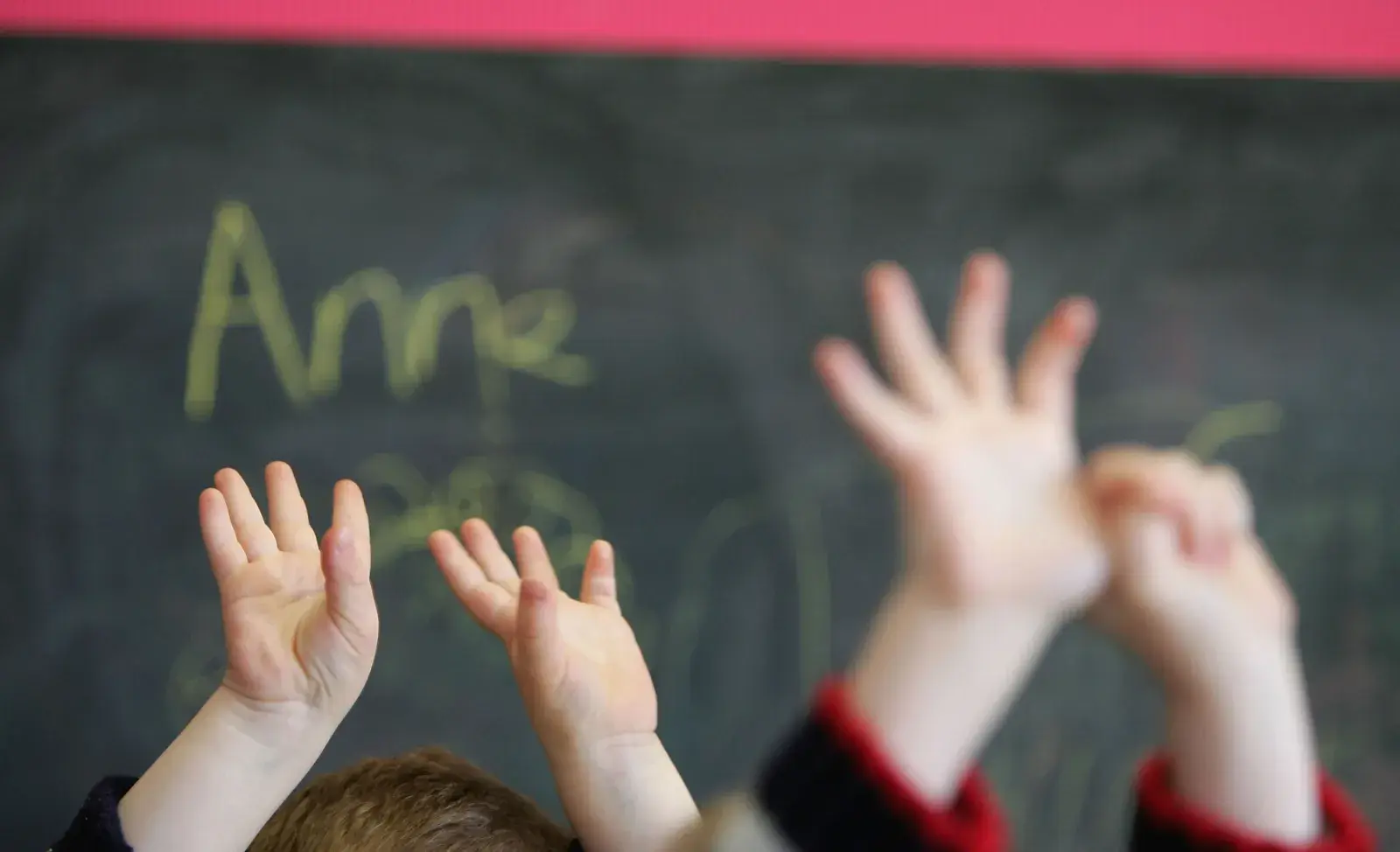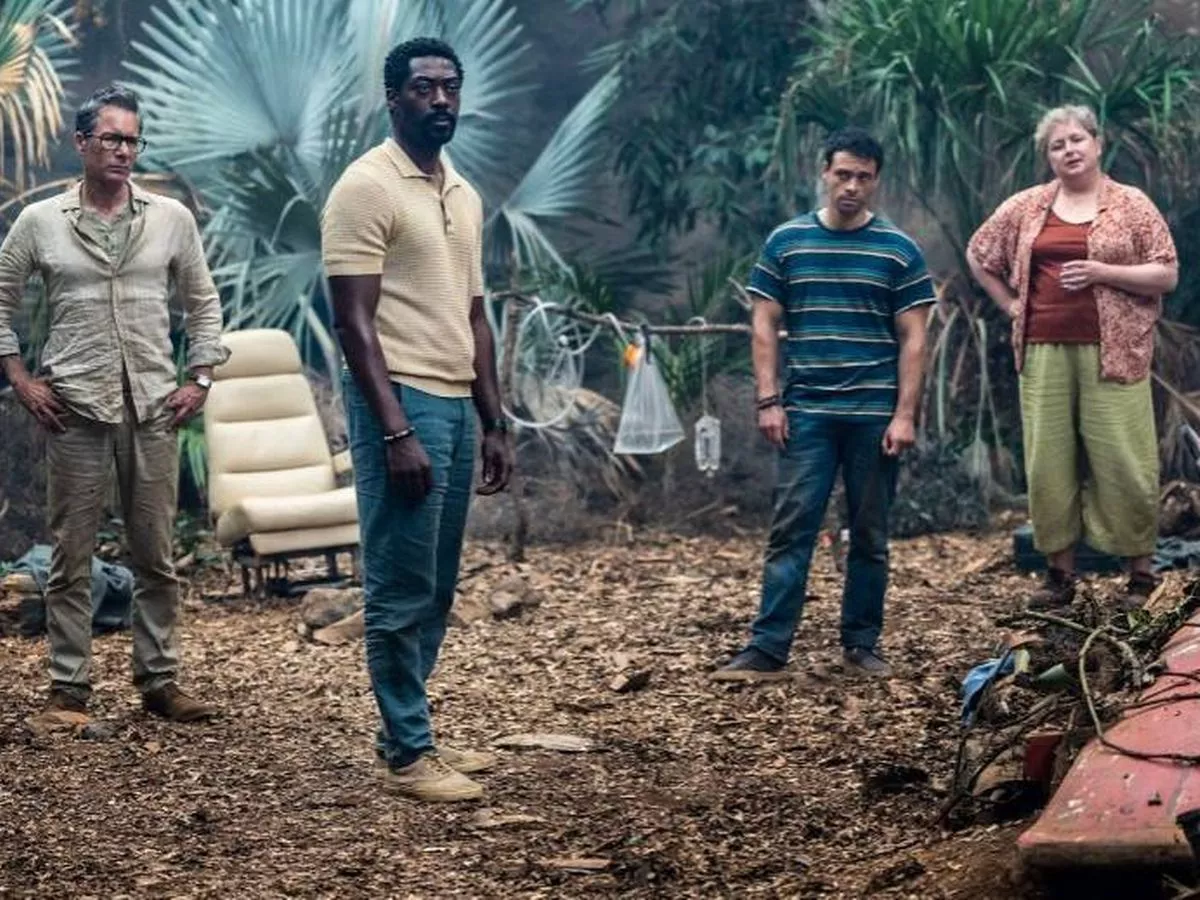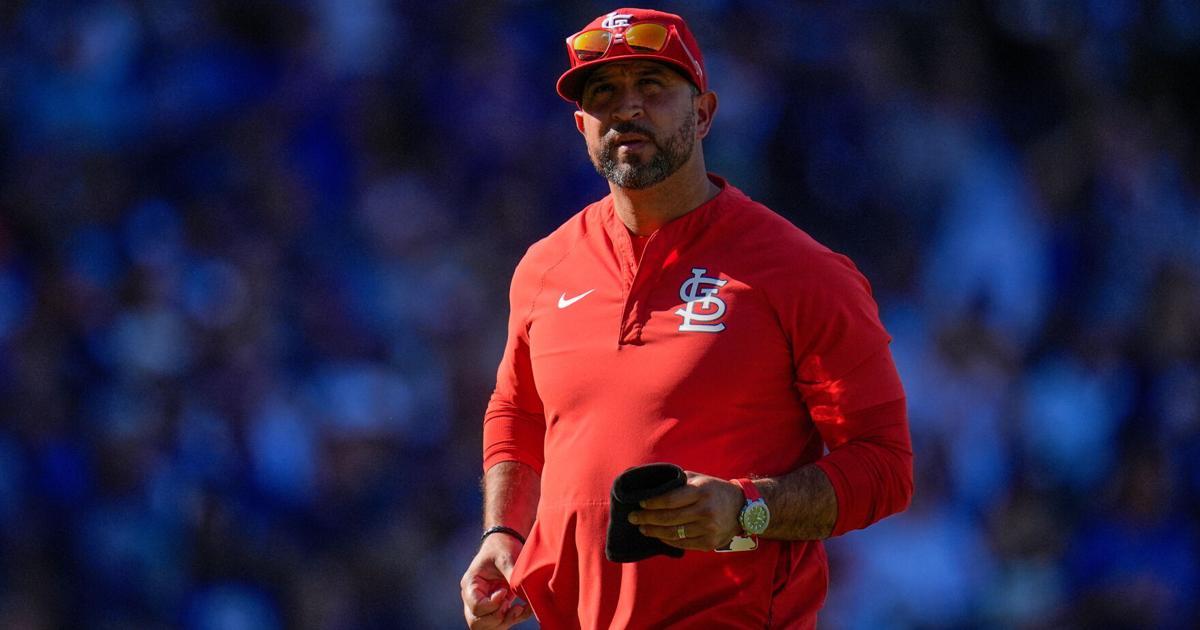Copyright newsweek

Imagine investing half a trillion dollars based upon assumptions a century old. Now, imagine doing that year after year, paying scant attention to technology, demographics, globalization, human behavior, climate change, and other 21st century concerns.“I feel the school system is based on ideas that are a hundred years old,” said Almaaz, 15, in South Africa. Whether in the tech center of Gurugram, India, or the coal towns of Fleming-Neon, Kentucky, children and teenagers report similar concerns. K-12 schooling is hopelessly behind the times. Often, school is less useful than other means of learning.Three key assumptions drive schools’ current model.Children wave their hands at a private nursery school January 28, 2005, in Glasgow, Scotland. First, every student must learn most of the same things, suggesting greater value in standardization and uniformity than diversity of knowledge and experience. Second, students are essentially incapable of learning on their own; instead, they must be taught and tested to make certain they have learned their lessons. Third, major school subjects in the 1930s remain valid today.A rigid curriculum stuffed with 20,000-plus items is not useful for today’s children and teenagers. Adults are trying to teach far too much information without considering what students want and need to know. Two billion children and teenagers live on Earth, with 3 billion more coming by 2050. To educate all of them in similar ways is insulting, and silly. At this point, just about any investment in mass education is misallocated—misaligned with the way everyone learns today.Gyeong-eun, 17, from Seoul, South Korea said, “I’m learning on my own. There are no art classes at [my] school. I’m looking at lectures on YouTube. I am basically acquiring the skills myself.” Her approach is not exceptional. Schools cannot be expected to serve each individual student’s needs. Kids are OK with that. They figure out how to learn what they want to know on their own.When students are taught what they do not want to learn, return-on-investment falls apart.As we’ve interviewed hundreds of children and teenagers for Kids on Earth, we met Trisha, 12, in India. She told us, “I love space. I want to know more about space. I want to go to space. I want to find more life. I want to explore more planets.” She thinks about this a lot, “If we have to evacuate [Earth], where else can we go and live? Where can we start a new life? I care! I want to know answers to these questions.”Do not underestimate Trisha, or any other student. They may resist current subjects and curriculum, but they really want to learn about their bodies, their minds, their lives, their countries and cultures, their planet, other planets, and about the future. Literacy takes many forms: words and stories, numbers and money, and sounds and images, too. In the minds of students, these are the authentic subjects of the 21st century—not math or social studies.Within each subject, there will be some common knowledge, but mostly, each student wants to learn based upon their own interests, beliefs, and plans for the future. A massive curriculum stands in their way.As we dramatically reduce mandated curriculum, teachers recapture time so they can focus on individual student engagement—not dissemination of endless material that’s largely irrelevant and quickly forgotten. Engagement builds trust, and trust fuels curiosity and motivation, making personal learning possible on a massive scale.Say goodbye to standardized testing, and textbooks. Those old ideas are remnants of a time when students succeeded by learning the same things in the same ways. Say hello to personal learning, and schooling based upon the ways all human beings learn. For evidence, consider how humans learn for most of their lives—except in school. We learn what we want to know, not in classroom groups of two dozen same-age peers, but from people who share our interests.Say hello to mobile devices in school as critically important to each individual student’s learning process. Adults, we have work to do: All of our kids need free and easy access to the internet, 24/7. As they collect, vet, and share information on a massive scale, they learn from a world of students who share their interests. They need a global brain that offers compelling experience to captivate every student’s imagination.This is how humans make progress. We cultivate knowledge, build relationships, and get things done. For the first time in human history, the world’s students can collaborate on a global scale. If school doesn’t stand in their way, kids can be remarkably capable.What’s the return on investment? Billions of students deeply engaged in learning. Can we quantify that? Yes! The work we do today will set the course for 5 billion minds over the next 25 years.Howard Blumenthal created and produced the ...



